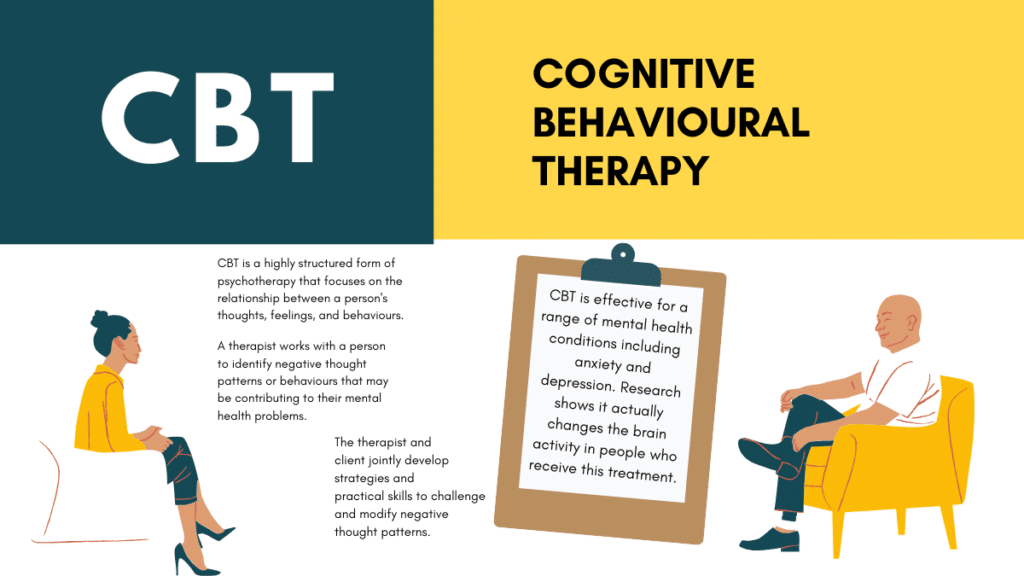Loneliness can have a profound impact on mental and physical health. Cognitive Behavioral Therapy (CBT) offers effective strategies to reframe negative thoughts, encourage social interactions, and reduce feelings of isolation. This article explores various CBT techniques for loneliness, their applications, and how they can help individuals improve their well-being.

What is CBT?
Cognitive Behavioral Therapy (CBT) is a widely used psychological approach that helps individuals identify and challenge negative thought patterns. It aims to improve emotional regulation and develop personal coping strategies.
Common Types of CBT Techniques for Loneliness
Thought Records
Thought records help individuals track and challenge their negative thoughts related to loneliness.
Types of Thought Records:
- Evidence-based thought records
- Alternative perspective thought records
- Worst-case scenario analysis
Pleasant Activity Scheduling
Engaging in enjoyable activities can break the cycle of loneliness by increasing positive interactions and improving mood.
Imagery-Based Experience
Visualizing positive social experiences can help reduce anxiety associated with loneliness and encourage social engagement.
Behavioral Experiment
Testing different social interactions in real-life scenarios can help challenge negative assumptions about socializing.
Situation Exposure Hierarchies
Gradually exposing oneself to social situations can help build confidence and reduce avoidance behaviors.
Automatic Thoughts
Recognizing and modifying automatic negative thoughts related to loneliness can promote healthier thinking patterns.
Role Playing
Practicing social interactions through role-playing exercises can enhance communication skills and reduce social anxiety.
Relaxation and Stress Reduction
Techniques such as deep breathing, mindfulness, and progressive muscle relaxation can help manage stress linked to loneliness.
How to Administer CBT for Loneliness?
CBT for loneliness can be administered through self-help strategies, guided therapy sessions, or digital interventions. A therapist can help tailor techniques to an individual’s needs, while online resources and CBT-based apps can provide additional support.
Key Components of CBT for Loneliness
Identifying Unhelpful Thought Patterns
Understanding and challenging cognitive distortions that contribute to loneliness.
Behavioral Activation Techniques
Encouraging individuals to engage in activities that increase social interaction and reduce isolation.
Social Skills Training within CBT Frameworks
Identifying Unhelpful Thought Patterns
Improving awareness of negative thoughts that hinder social interactions.
Behavioral Activation Techniques
Engaging in structured activities to improve confidence in social settings.
Assessing the Effectiveness of CBT for Loneliness
The Psychological Effects of Loneliness
Loneliness can lead to anxiety, depression, and other mental health issues. CBT provides evidence-based methods to counter these effects.
CBT for Loneliness
Studies show that CBT interventions can significantly reduce loneliness by changing thought patterns and encouraging social engagement.
Targeting Demographics Prone to Loneliness with CBT
Socially Anxious Individuals: A Special Focus
People with social anxiety can benefit from CBT techniques to improve their confidence in social settings.
Young People Finding Their Social Footing
Adolescents and young adults often experience loneliness due to life transitions. CBT helps them develop strong coping mechanisms.
The Golden Years: Addressing Loneliness Among Older Adults
Older adults may face isolation due to retirement, health issues, or loss of loved ones. CBT techniques can help improve their social engagement.
Tackling External Factors Influencing Loneliness
Social Media: A Double-Edged Sword
While social media can help people connect, it can also contribute to loneliness. CBT teaches mindful usage strategies.
The Pandemic Effect
COVID-19 increased feelings of loneliness for many. CBT can provide coping mechanisms to rebuild social connections post-pandemic.
Leveraging Technology in Delivering CBT for Loneliness
Online CBT Programs
Digital therapy programs provide accessible CBT interventions for loneliness.
Social Skills Training within CBT Frameworks
Technology-driven CBT exercises help individuals develop better social skills remotely.
Simple Strategies to Reduce Shyness and Improve Social Comfort
Technique One: Breathe Out and Count
Breathe It Out
Deep breathing exercises can help calm social anxiety.
Sighing Away Stress
Intentional sighing can reduce stress and ease social interactions.
The 7/11 Technique
Breathing in for 7 seconds and out for 11 seconds promotes relaxation before social interactions.
Technique Two: Focus Away from the Inside of Your Own Head
Soothing Bad Memories
Reframing past negative social experiences can help reduce fear.
Notice What There is to Notice
Mindful attention to surroundings can distract from anxious thoughts.
Technique Three: Catch and Challenge Cognitive Distortions
All-or-Nothing Thinking
Recognizing and correcting extreme thoughts about social situations.
Overgeneralization
Avoiding broad negative assumptions based on a single experience.
Catastrophization
Challenging irrational fears about worst-case social scenarios.
Mind Reading
Stopping assumptions about what others think of you.
Conclusion
CBT offers powerful techniques to help individuals combat loneliness, reframe negative thoughts, and develop healthier social habits. Whether practiced independently or with a therapist, these strategies can significantly improve well-being and emotional resilience.
How can I practice CBT alone?
Journaling, self-help CBT books, and online CBT programs can help individuals practice CBT independently.
How to apply CBT in daily life?
Recognizing negative thoughts, engaging in social activities, and practicing relaxation techniques can integrate CBT into daily routines.
What are the 4 steps of CBT?
1. Identify negative thoughts
2. Challenge cognitive distortions
3. Replace negative thoughts with balanced ones
4. Apply new thought patterns in real life
What is the intervention of loneliness?
CBT interventions for loneliness include cognitive restructuring, behavioral activation, social skills training, and relaxation techniques.
Contact the Counseling Center Group Today
For professional CBT support for loneliness, reach out to a mental health expert. Therapy can provide guidance in implementing these techniques effectively.
By using CBT techniques for loneliness, individuals can break free from isolation, build meaningful connections, and improve their overall quality of life.
